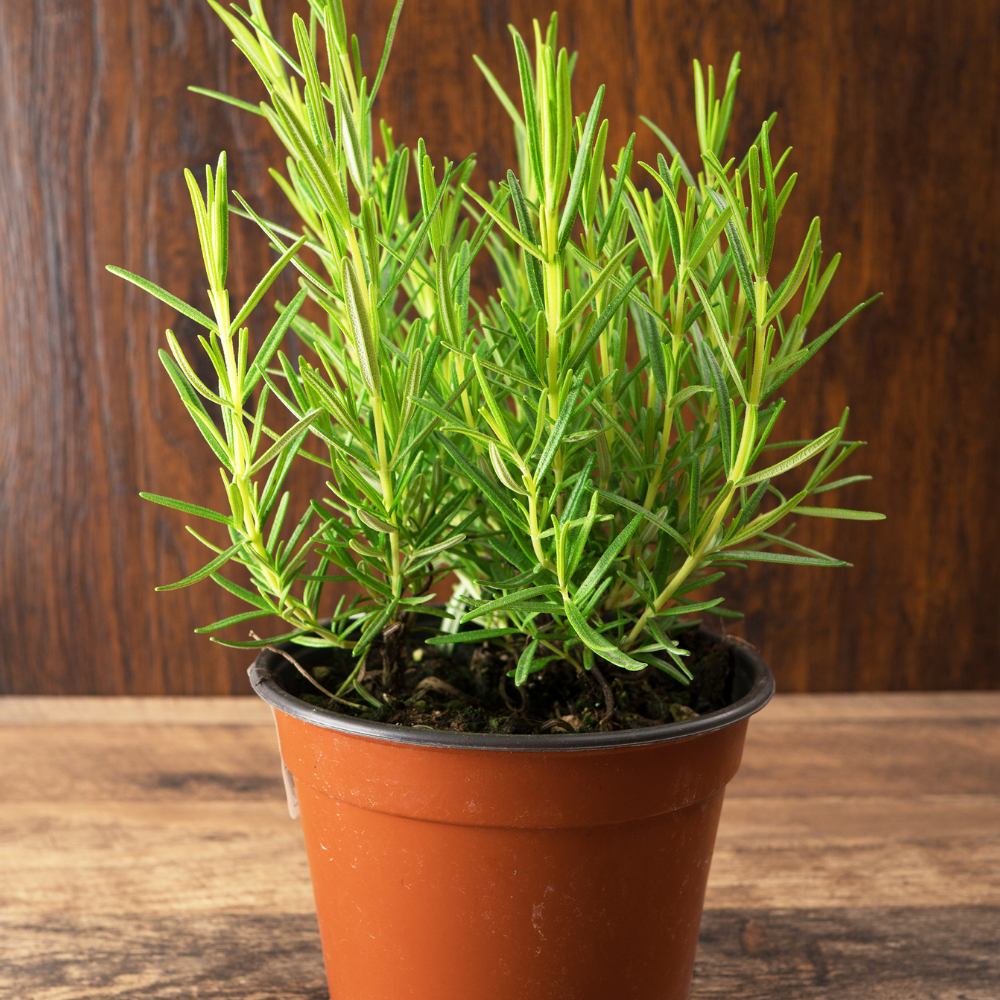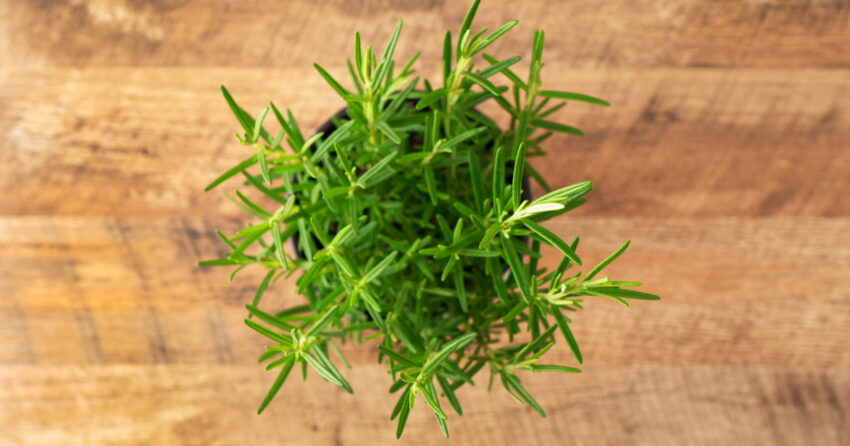Growing rosemary in a pot can be incredibly rewarding. This hardy herb not only offers a pleasant aroma and flavor to dishes but also boasts attractive foliage that can enhance any patio or balcony garden. While rosemary is relatively easy to grow, there’s one trick that can significantly boost its growth and ensure you have a lush, healthy plant. Here, we delve into the steps and this secret tip to help you successfully cultivate rosemary in a container.

Choosing the Right Container
The first step in growing rosemary successfully in a pot is choosing the right container. Rosemary plants need enough space to grow; a pot that is at least 12 inches in diameter will provide ample room for the roots to spread. Ensure the pot has good drainage holes because rosemary does not like to sit in wet soil, which can lead to root rot.
The Best Soil Mix
Rosemary thrives in well-draining soil that mimics its native Mediterranean environment. Use a high-quality potting mix and consider adding additional perlite or coarse sand to improve drainage. The ideal soil for rosemary should not retain too much water.
Optimal Location and Light
Rosemary needs plenty of sunlight to flourish. Place your potted rosemary in a location where it can receive at least 6-8 hours of direct sunlight daily. If you are growing rosemary indoors, a south-facing window is usually the best spot. However, if natural light is limited, consider using a grow light to supplement.
Watering Your Rosemary
Watering is crucial when it comes to potted rosemary. The plant prefers to dry out slightly between watering sessions. To check if your rosemary needs water, stick your finger about an inch into the soil. If it feels dry, it’s time to water. Be careful not to overwater, as this herb is drought-tolerant and overwatering can cause issues like root rot.
Feeding and Pruning
Feed your rosemary plant with a balanced, water-soluble fertilizer every 4-6 weeks during the growing season. Regular pruning not only helps to maintain the desired shape and size but also encourages bushier growth. Harvesting the tips of the branches will stimulate new growth and can be used to propagate new plants.
Winter Care
If you live in a region with cold winters, it’s important to protect your potted rosemary. Although rosemary is quite hardy, it might not withstand freezing temperatures in a pot. Consider moving it indoors during the coldest months, placing it in a sunny spot to continue growing.
The One Trick for Lush Growth: Epsom Salt
Now, for the secret trick: Epsom salt. Epsom salt contains magnesium sulfate, which is crucial for plant growth. Magnesium helps plant roots take up vital nutrients like nitrogen, phosphorus, and sulfur. Sulfur, meanwhile, contributes to the plant’s flavor and growth.
How to Use Epsom Salt
To use Epsom salt for your potted rosemary, dissolve about one tablespoon of Epsom salt in a gallon of water. Use this solution to water your rosemary once a month. This not only helps boost leaf production but also enhances the overall health and robustness of the plant, encouraging lush, vibrant growth.
Conclusion
With the right care and this simple trick using Epsom salt, you can grow a lush, healthy rosemary plant in a pot. This herb not only adds flavor to your cooking but also brings a touch of the Mediterranean to your home garden. By following these steps and regularly applying Epsom salt, your rosemary will thrive, providing fresh herbs year-round. Happy gardening!

